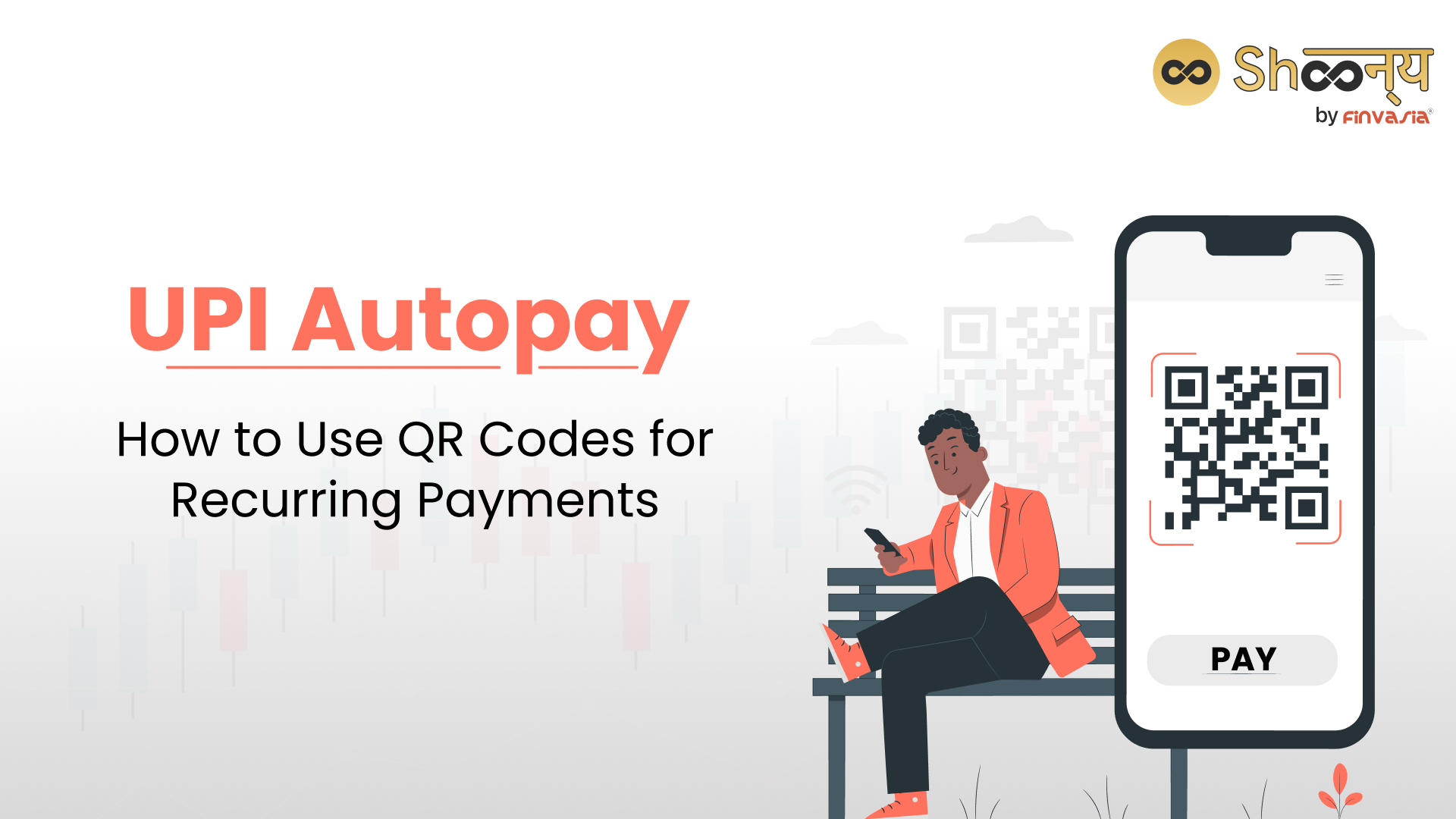UPI Autopay: Know How to Use QR Codes for Recurring Payments

In today’s fast-paced world, forgetting to make recurring payments can be a costly mistake. Late fees and service interruptions are common consequences. Fortunately, the National Payments Corporation of India (NPCI) introduced UPI AutoPay in 2020, revolutionising the way consumers handle recurring payments. This article explores how to use QR codes and UPI AutoPay to streamline the process.
Setting Up UPI AutoPay
Setting up UPI AutoPay is a breeze. Users can register for the AutoPay mandate directly from a merchant’s website or the UPI app they use. The registration process involves providing essential details such as the merchant’s UPI ID, payment frequency, payment amount, and validity period. Once registered, users receive an authorisation request on their UPI app, which requires their UPI PIN for approval. Successful setup is confirmed via email and SMS.
UPI AutoPay Limit
The UPI AutoPay limit can vary depending on your bank and the type of transaction you’re conducting. Different banks often have different limits for various UPI AutoPay transactions, such as bill payments, subscription services, and more. These limits can range from a few thousand rupees to larger amounts.
To determine the specific UPI AutoPay limit applicable to your bank and the type of transaction you’re interested in, it’s advisable to contact your bank directly or refer to their official website or mobile app. Bank policies and limits can change over time, so it’s essential to stay informed about the latest guidelines from your bank to ensure a seamless experience when using UPI AutoPay.
No Charges Apply
One of the best things about UPI Automatic payment is that there are no charges for setting up this convenient payment method. Users can enjoy the benefits of automated recurring payments without any additional costs.
Using UPI AutoPay Across Platforms
With UPI AutoPay, making recurring payments is not limited to a single platform. Popular payment apps like Paytm, GooglePay, and PhonePe support UPI AutoPay, providing users with flexibility and convenience.
Streamlining Recurring Payments with UPI AutoPay on QR
Merchants can greatly benefit from UPI AutoPay on QR codes, which offers a seamless way to receive regular payments. By incorporating QR codes into various media, such as online and print ads, product packaging, and bills, businesses can simplify customer onboarding. This streamlined process reduces the need for app downloads or website registrations, making payments quick and easy.
How to Enable UPI AutoPay
To enable UPI Automatic payment, follow these simple steps:
- Register for the UPI AutoPay mandate through the merchant’s website or your UPI app.
- Provide essential details, including the merchant’s UPI ID, payment frequency, amount, and validity period.
- Authenticate the setup with your UPI PIN.
- Upon successful setup, you’ll receive a confirmation message via email and SMS.
- You can also use internet banking to set up AutoPay with supported banks like SBI.
- Enjoy the convenience of making recurring payments through apps like Paytm, GooglePay, and PhonePe.
How to Cancel UPI AutoPay
Cancelling UPI Automatic payment is straightforward:
- Access your UPI app.
- Navigate to the AutoPay section.
- Locate the active AutoPay mandate you wish to cancel.
- Follow the provided instructions to cancel the mandate.
- Confirm the cancellation.
- The mandate will be cancelled, and no further payments will be processed under it.
- If a recurring payment is to be made when there aren’t sufficient funds, the mandate will not be cancelled, and retries will follow the set frequency.
Frequency Options and Benefits
UPI AutoPay offers a range of frequency options for recurring payments, including daily, weekly, fortnightly, monthly, and more, depending on the merchant’s offerings. This flexibility empowers users to set up payments for various services, from monthly SIP investments to yearly insurance premiums.
UPI Automatic Payment: Simplifying the Checkout Process
The introduction of QR codes for recurring payments simplifies the checkout process for users. They no longer need to remember their virtual payment address (UPI ID) or navigate through cumbersome app or website registrations. Scanning a QR code with any payment service provider’s app is all that’s required.
Handling Insufficient Funds
In cases where there is insufficient balance in the user’s account, the UPI AutoPay recurring payment will fail. There are no fines or penalties imposed by the bank for such failures. If the first AutoPay debit fails due to insufficient funds, the mandate is cancelled. Subsequent debit failures, however, do not result in mandate cancellation and will be retried according to the set payment frequency.
UPI AutoPay’s Relevance for Stock Market Investors
Stock market investors can also reap the benefits of UPI AutoPay.
- This innovative payment solution offers a convenient way to set up automated payments for various investment instruments, such as monthly SIPs (Systemic Investment Plans) or periodic portfolio management fees.
- By leveraging UPI AutoPay, investors can ensure timely contributions to their investment accounts, helping them stay disciplined in their financial strategies and potentially maximise their returns while minimising the hassle of manual transactions.
- This streamlined approach aligns perfectly with the needs of both seasoned and novice investors in the dynamic world of stock markets.
In conclusion, UPI AutoPay and QR codes have transformed the landscape of recurring payments, providing users with a hassle-free and cost-effective way to manage their finances. Whether you’re a consumer or a merchant, embracing this technology can simplify your financial transactions and ensure timely payments.
Source- moneycontrol.com
______________________________________________________________________________________
Disclaimer: Investments in the securities market are subject to market risks; read all the related documents carefully before investing.








